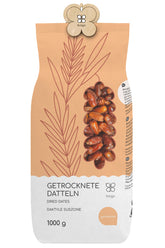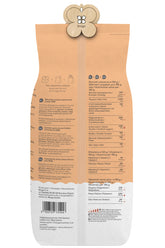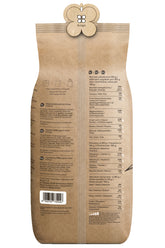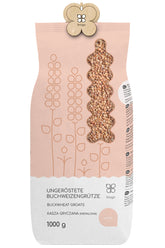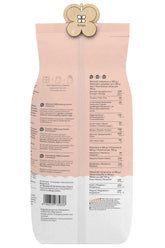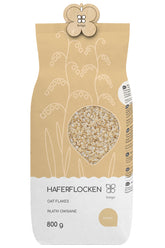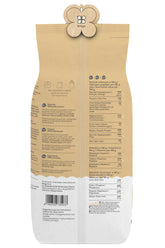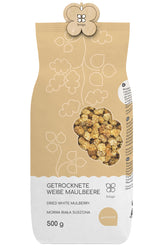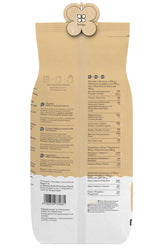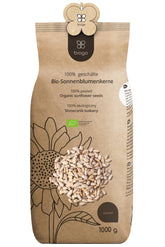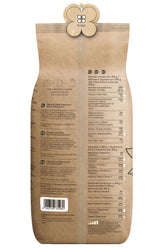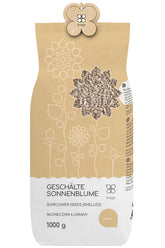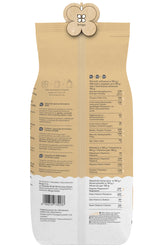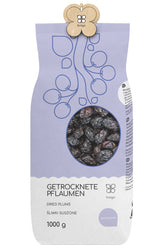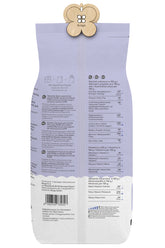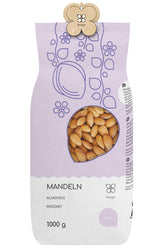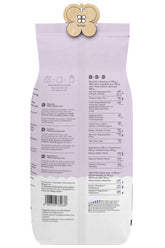In our modern world, where health and sustainability are becoming increasingly important, many people are looking for alternatives to conventional foods. One of these trending products, which has gained more and more popularity in recent years, is carob. But what exactly is carob, and can it actually serve as a healthier substitute for cocoa?
What is carob?
Carob, also known as carob powder or carob, is the ground pulp of the carob tree pod. This tree originally comes from the Mediterranean region and is now cultivated in many parts of the world.
The pulp of the carob pod is sweet and chocolate-like in taste, which is why it is often used as a cocoa substitute. Carob is lower in calories than cocoa, contains no caffeine, and is free of theobromine, making it an interesting alternative, especially for children and people who are sensitive to cocoa.
The ingredients of carob
In addition to its chocolate-like taste, carob has several other interesting properties:
High in fiber
Carob is very high in fiber. In 100 grams of carob, there are about 40 grams of fiber. For comparison: 100 grams of whole wheat flour contains only about 10 grams. Fiber is important for healthy digestion and can also support weight loss, as it keeps you full for a long time.
Rich in minerals
Carob is a good source of various minerals such as calcium, iron, magnesium, and potassium. These minerals are important for bones, muscles, and energy metabolism.
Gluten-free
Since carob is not made from grain, it is naturally gluten-free. This makes it a good alternative for people with celiac disease or gluten intolerance.
Fewer calories than cocoa
100 grams of carob contain about 300 kilocalories, while 100 grams of cocoa powder have around 500 kilocalories. Thus, carob is the lower-calorie option.
Carob in children's nutrition
Carob can be particularly interesting as an alternative to cocoa for children. Since it contains no caffeine or theobromine, it's easier on children's digestion. Plus, it provides important nutrients like fiber and minerals.
Many parents use carob to offer their children a healthy cocoa alternative. Carob can be stirred into milk, yogurt, or muesli, for example. It also works well in baked goods like cakes or cookies.
Carob in the kitchen
Beyond its use as a cocoa substitute, carob can be used in versatile ways in the kitchen. For example, it can be an ingredient in sauces, dips, or desserts. It also adds a delicious chocolatey flavor to smoothies, shakes, or porridge.
Moreover, carob can also be used as a flour substitute in gluten-free recipes. It works well for baking bread, cakes, or cookies.
Is carob really healthier than cocoa?
Although carob does have some advantages over cocoa, it isn't clearly the healthier choice in all respects. While it's lower in calories and free from caffeine and theobromine, it also contains fewer antioxidants than cocoa.
Additionally, it's important to note that carob's high fiber content may cause bloating and digestive issues for sensitive stomachs. Here, it's crucial to test individual tolerance.
Overall, carob can indeed be an interesting and healthier alternative to cocoa. Whether it's actually the better choice depends on individual needs and tolerance. In the end, it's a matter of personal taste and dietary habits.
Conclusion
Carob is a versatile food that works well as a cocoa substitute. It's lower in calories, caffeine- and theobromine-free, and provides important nutrients like fiber and minerals. Especially for children, it can be a healthier alternative to conventional cocoa.
However, carob isn't clearly the healthier substitute in every aspect. It contains fewer antioxidants than cocoa and may cause digestive issues for sensitive stomachs. Ultimately, whether carob is the better choice depends on personal taste and individual tolerance.
Whether as an ingredient in baked goods, desserts, or beverages – carob is an interesting and versatile food worth exploring. Try it for yourself and discover whether it can be a tasty and healthier alternative to cocoa for you too.

